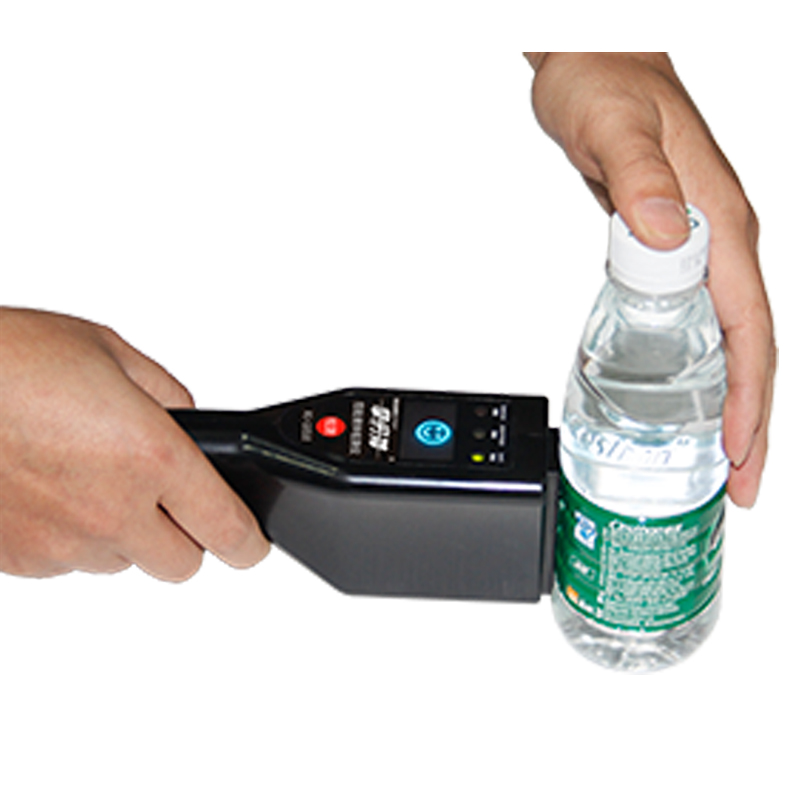Table of Contents
Proper Techniques for Using Hand-Held Metal Detectors
Hand-held metal detectors are an essential tool for Security personnel in various settings, including airports, schools, and public events. Proper training in the use of these devices is crucial to ensure their effectiveness in detecting concealed weapons or other prohibited items. In this article, we will discuss the importance of hand-held metal detector training and provide some tips for using them effectively.

One of the key aspects of hand-held metal detector training is understanding how the device works. These detectors emit a magnetic field that interacts with metal objects, causing a signal to be generated when metal is detected. Security personnel must be familiar with the different types of signals that the device can produce and how to interpret them accurately.
It is also essential for individuals using hand-held metal detectors to be trained in proper scanning techniques. This includes knowing how to hold the device at the correct angle and distance from the person being scanned. Security personnel should be trained to scan individuals thoroughly, paying attention to areas where weapons or other prohibited items are most likely to be concealed.
In addition to proper scanning techniques, hand-held metal detector training should also cover how to respond when a metal object is detected. Security personnel must be trained to remain calm and professional in these situations, following established protocols for handling such incidents. This may include conducting a physical search of the individual or asking them to remove any metal objects from their person.
Another important aspect of hand-held metal detector training is understanding how to maintain and calibrate the device properly. Regular maintenance and calibration are essential to ensure that the detector is functioning correctly and providing accurate results. Security personnel should be trained in how to perform these tasks and when to seek assistance from a supervisor or maintenance technician.
It is also crucial for individuals using hand-held metal detectors to be aware of the limitations of these devices. While they are effective at detecting metal objects, they may not be able to detect certain non-metallic items or items that are hidden in certain ways. Security personnel should be trained to use other methods, such as physical searches or X-ray scanners, in conjunction with hand-held metal detectors to ensure thorough security screening.
In conclusion, hand-held metal detector training is essential for security personnel to effectively use these devices in various settings. Proper training in how the device works, scanning techniques, response protocols, maintenance, and calibration is crucial to ensure that the detectors are used correctly and provide accurate results. By following these tips and guidelines, security personnel can enhance the effectiveness of hand-held metal detectors in detecting concealed weapons or other prohibited items, ultimately improving overall security and Safety in their respective environments.
Importance of Regular Training and Maintenance for Hand-Held Metal Detectors
Hand-held metal detectors are essential tools used in various industries, including security, law enforcement, and mining. These devices play a crucial role in detecting metal objects that may pose a threat or disrupt operations. To ensure the effectiveness of hand-held metal detectors, regular training and maintenance are essential.
Training is a critical component of using hand-held metal detectors effectively. Proper training ensures that operators understand how to use the device correctly and interpret the signals it provides. Without adequate training, operators may miss potential threats or misinterpret readings, leading to security breaches or operational disruptions.
Regular training sessions help operators stay up-to-date on the latest techniques and best practices for using hand-held metal detectors. These sessions can cover topics such as proper scanning techniques, identifying common metal objects, and troubleshooting common issues. By staying informed and practicing regularly, operators can improve their skills and increase the accuracy of their inspections.
In addition to training, regular maintenance is essential for ensuring the reliability and accuracy of hand-held metal detectors. Like any electronic device, hand-held metal detectors require routine maintenance to function properly. This includes cleaning the device, checking for damage, and calibrating the settings as needed.
Regular maintenance helps prevent malfunctions and ensures that the device is operating at peak performance. A well-maintained hand-held metal detector is more likely to provide accurate readings and detect metal objects effectively. By following a maintenance schedule and addressing any issues promptly, operators can prolong the lifespan of their hand-held metal detectors and avoid costly repairs or replacements.
Training and maintenance go hand in hand when it comes to ensuring the effectiveness of hand-held metal detectors. Training provides operators with the knowledge and skills they need to use the device correctly, while maintenance helps keep the device in optimal condition. By combining regular training and maintenance practices, operators can maximize the performance of their hand-held metal detectors and enhance overall security and operational efficiency.
Transitional phrases such as “in addition,” “like any electronic device,” and “by following a maintenance schedule” help guide the reader through the article and connect ideas smoothly. By emphasizing the importance of regular training and maintenance for hand-held metal detectors, operators can ensure that their devices are reliable, accurate, and effective in detecting metal objects.
